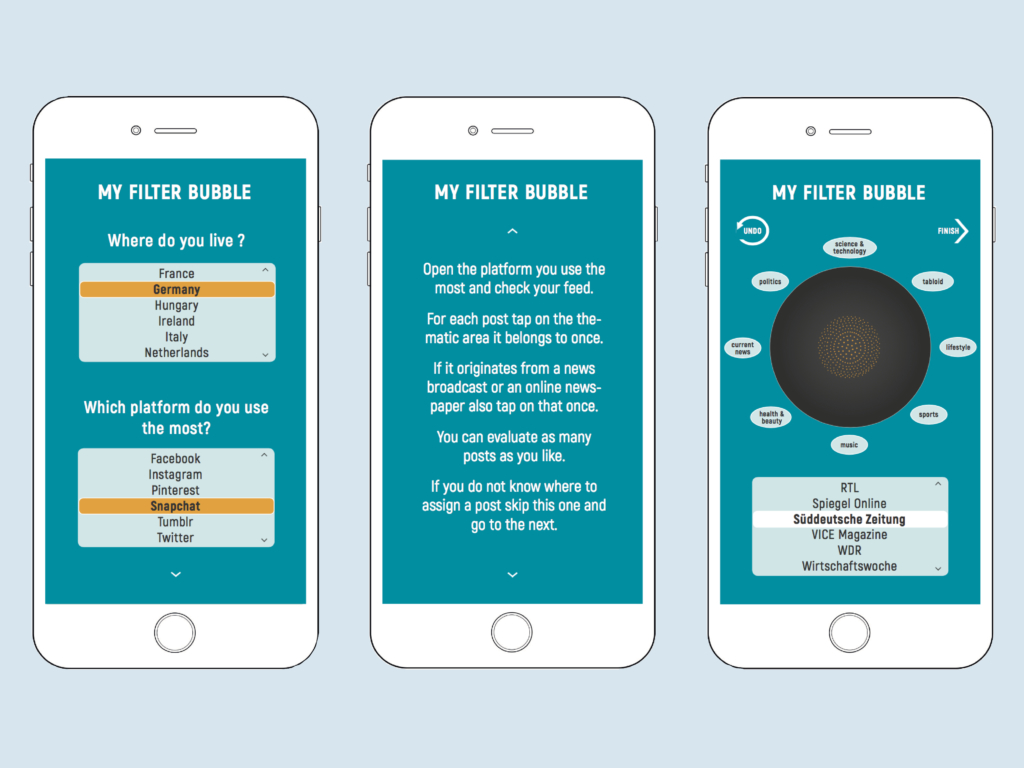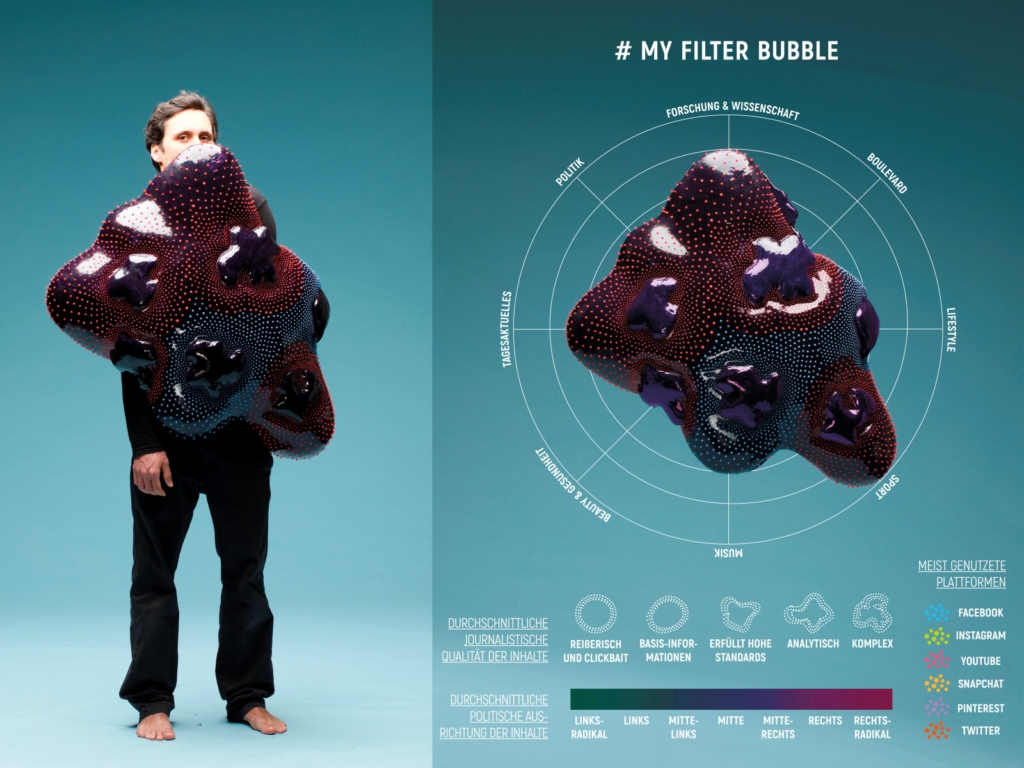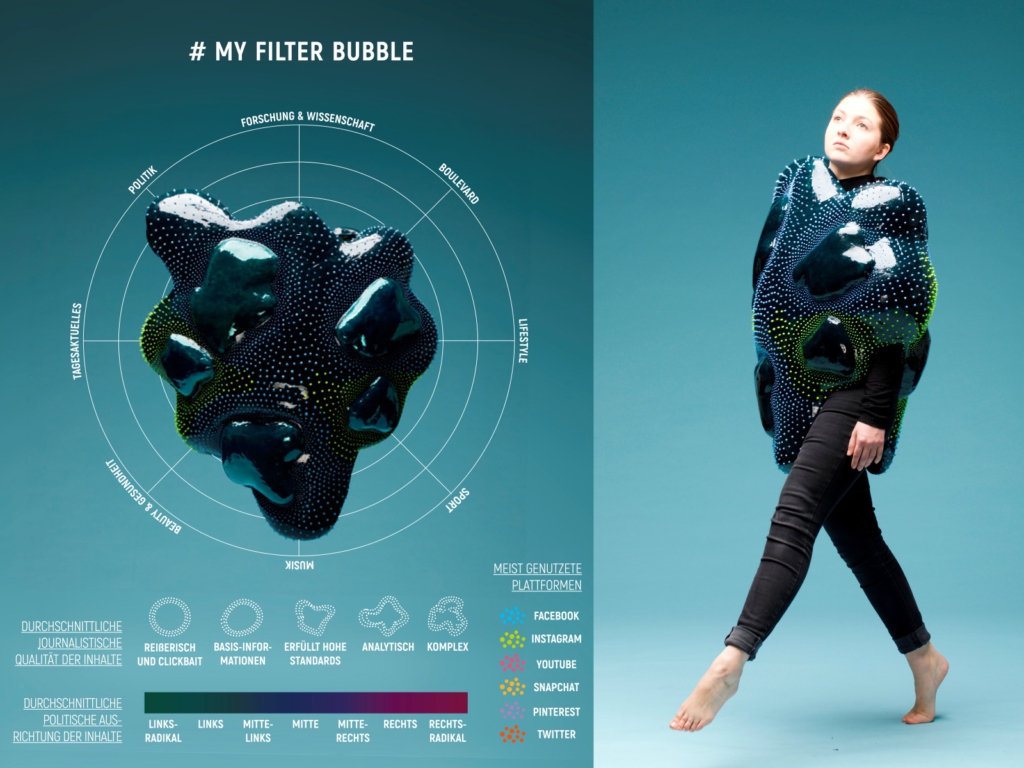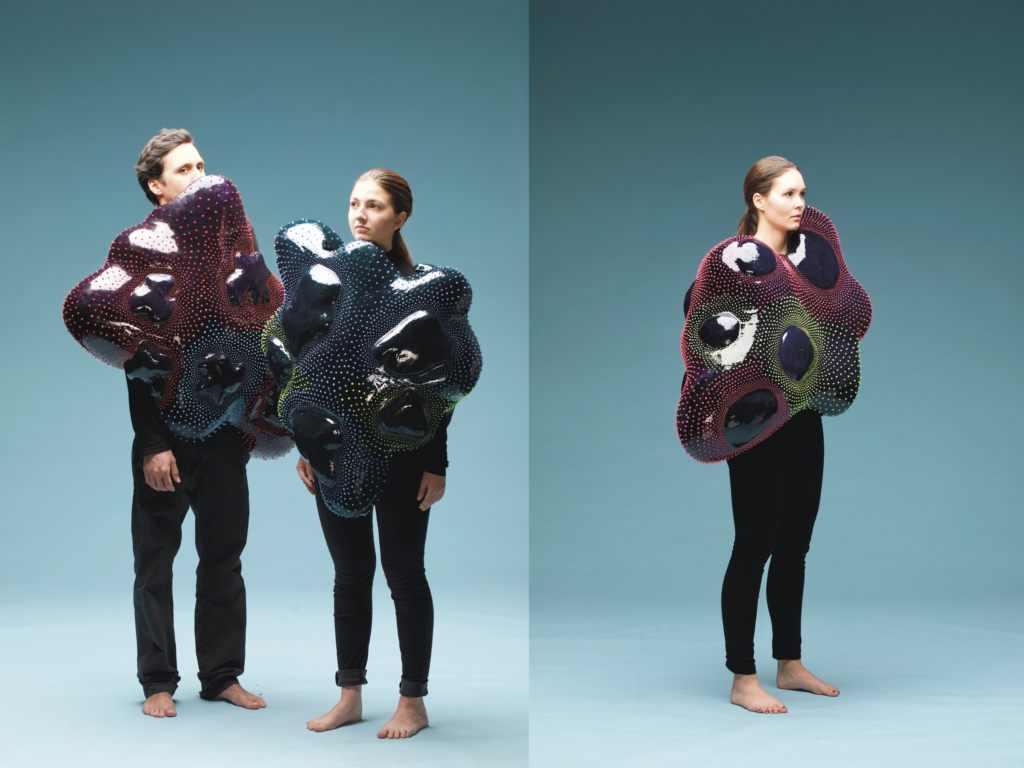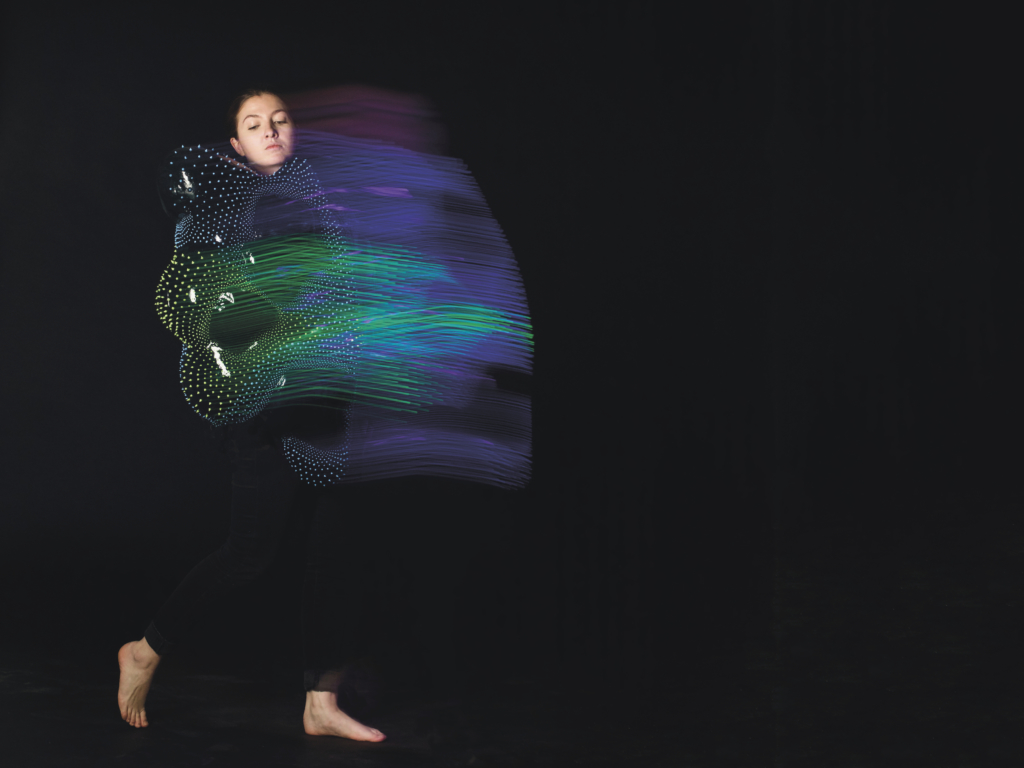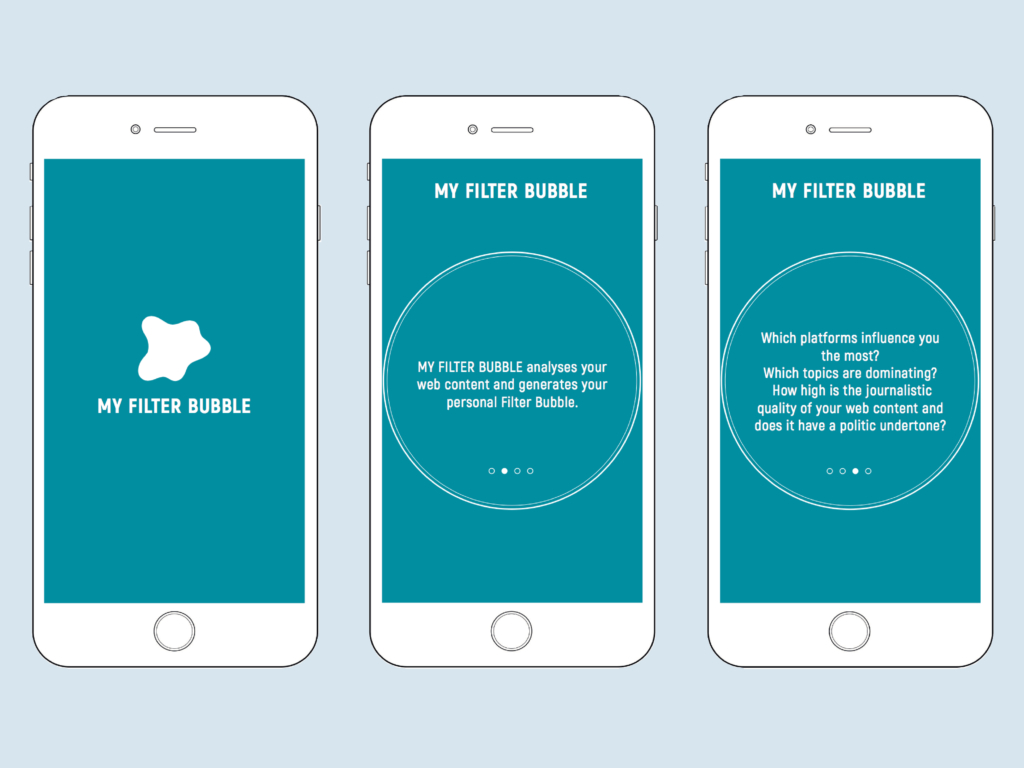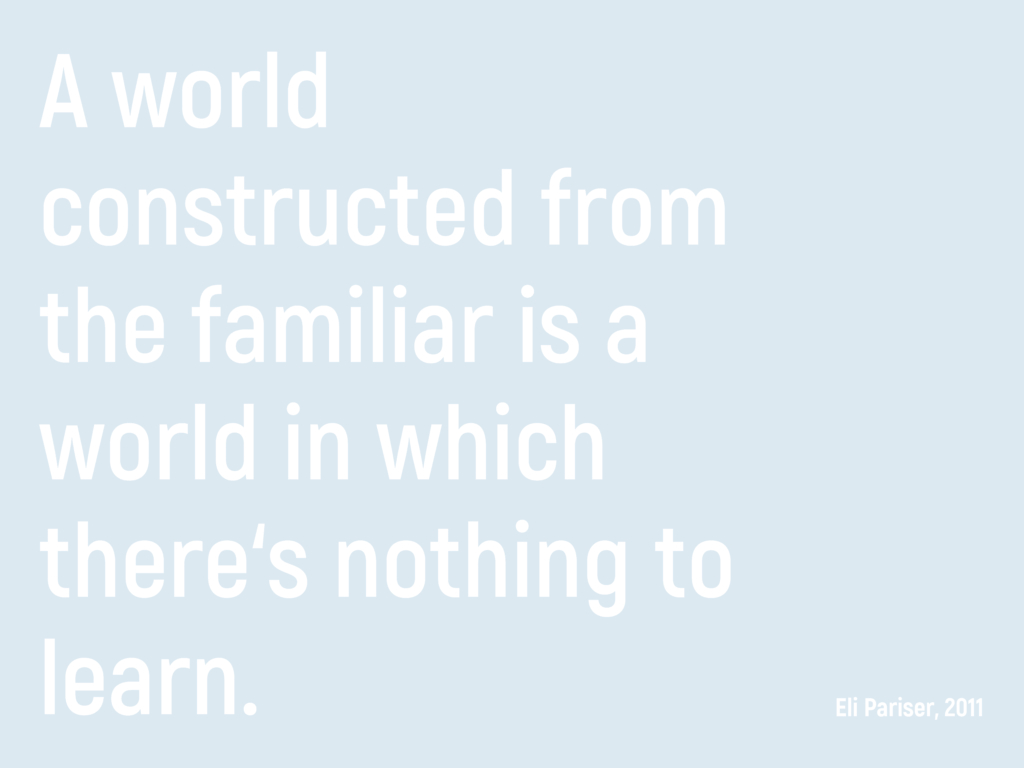How to deal with the personalization on the Internet
Today the Internet is integrated into almost all processes of our everyday life. It has not only become the most important entertainment medium, it also seems to replace television and print media as a main source of public information. But in contrast to traditional media, the information a user finds on the Internet is highly personalized. Website operators collect lots of information about each user, in order to display a selection of information and content tailored to the users’ interests, preferences and beliefs; content that opens up a new perspective is lost. Since the personalization processes are algorithmically controlled and running invisibly in the background, the Internet user is not aware of the fact, that the things displayed to him are highly individualized and do not show full reality. Without realizing it, the user is trapped in a cycle of one-sided and filtered information, they are isolated in his own filter bubble.
In order to make the complex personalization processes of the Internet visible, a method was developed to record and evaluate the full web content of several test persons over a longer period of time. The results were translated into infographics, which in turn were used as the basis for creating wearable models of the different filter bubbles. Each model visualizes the online world of one particular test person, from prevailing platforms and topics to the journalistic quality and political undertone of the content, thus making a multi-layered problem tangible. The app MyFilterBubble, which was designed on a similar principle, allows you to find out in which way you are affected by the personalization on the Internet. It evaluates your web content to various criteria and then generates an image of your individual filter bubble.
For the first time it became possible to give a clear shape to the invisible, multi-layered personalization processes of the Internet and to make the phenomenon of filter bubbles and their dangers comprehensible at a glance in order to encourage a public discourse and a conscious use of digital media.
Lucca Sophie Weigert
Bachelor of Arts Integrated Design
luccasophie.weigert@outlook.com


